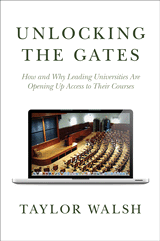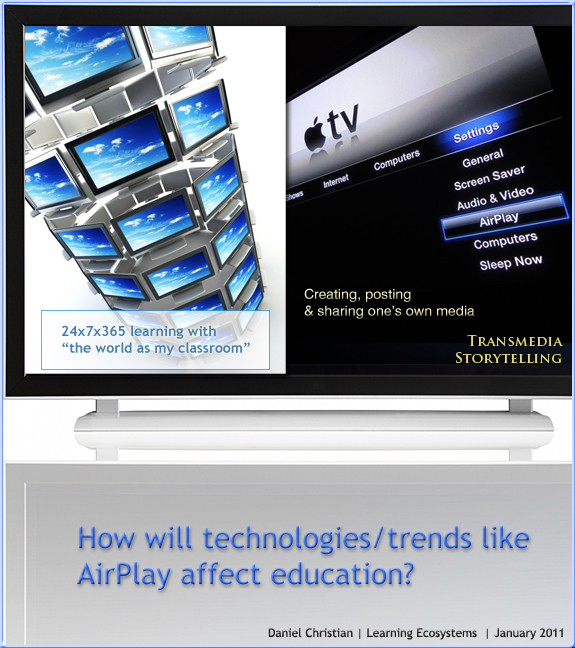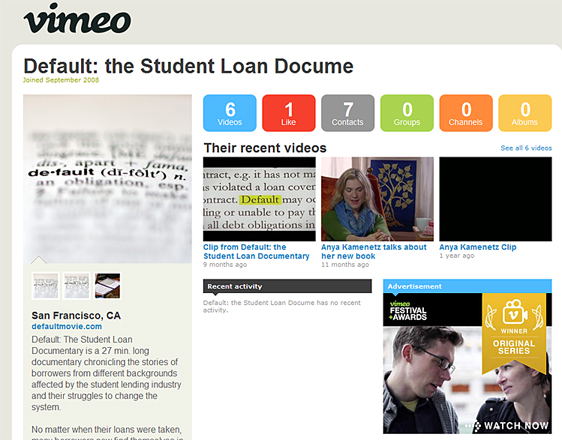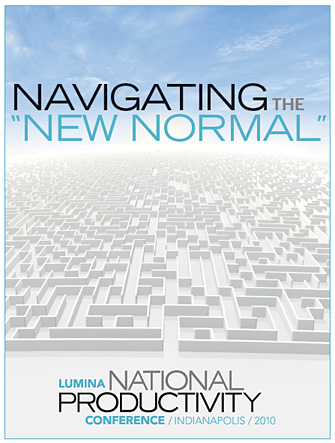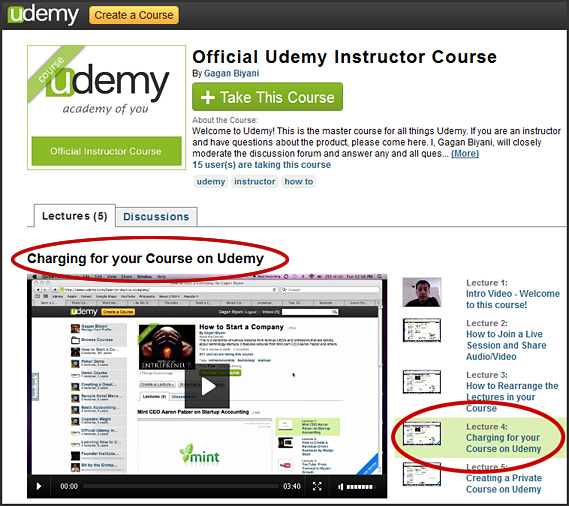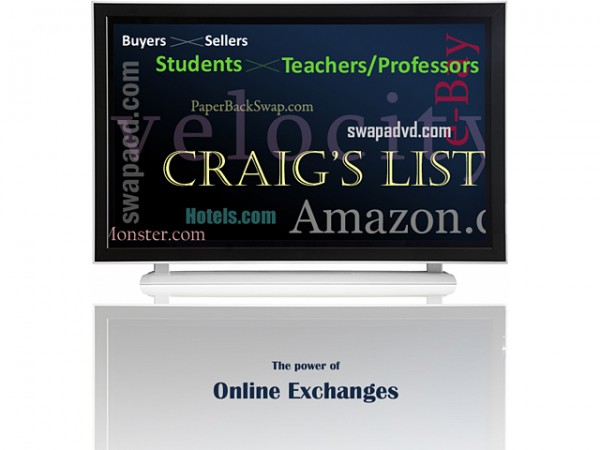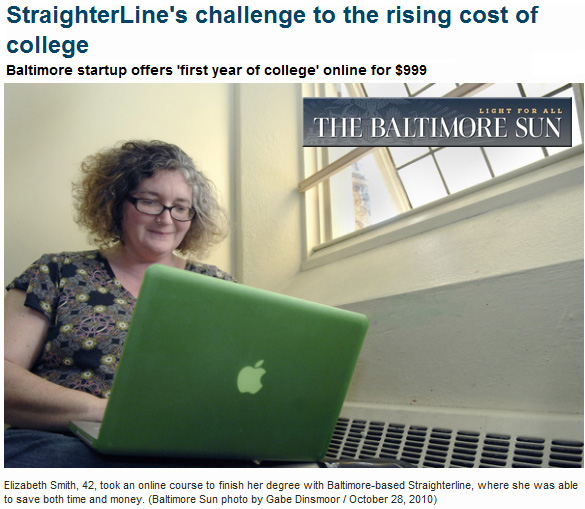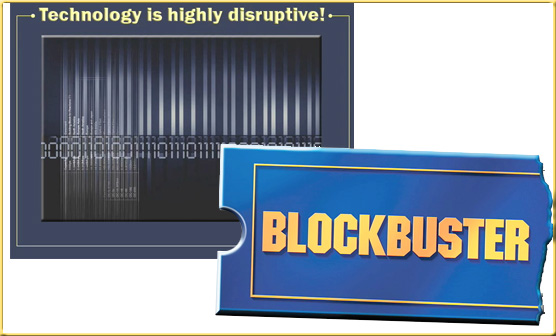The secret government plan to transform education — from EdNet News by Thomas W. Greaves
Tucked away on page 79 of the absolutely splendid National Educational Technology Plan 2010 is a gem known as Grand Challenge 4:
4.0: Identify and validate design principles for efficient and effective online learning systems and combined online and offline learning systems that produce content expertise and competencies equal to or better than those produced by the best conventional instruction in half the time at half the cost.
It is a gem because if it comes to pass, it will be truly transformative. It will have the power and potential to solve our educational woes, improve our national security and, over the long term, provide a major boost to the economy. It must be a secret because if people know about it, they are not talking about it.
Since the microcomputer revolution began in schools around 1980, educators have been looking forward to the day when computer technology would become transformative. However, even schools with a 1:1 student-computer ratio have failed to accomplish this goal.
The root cause of this lack of transformation is that in the vast majority of cases, we have employed first-order change rather than second order-change.
Our problem is analogous to the Pony Express problem. We can breed faster, stronger horses. We can do research to find better horse feed. We can require that letters be written on tissue paper. No matter what we do, there is a limit to the improvement we can get. It will still take ten days to move a letter from St. Joseph, Missouri, to San Francisco. No amount of tinkering with the system, not even the use of an electric saddle for the horse could cut the time from ten days to five days or to one day. Nor would any of these changes cut the cost of delivering a letter in half.
One common term that describes incremental improvement efforts is first-order change. The special horses of the Pony Express were a first-order change. The corresponding term describing transformative change is “second-order change.” Moving from horses to trains or trains to airplanes is an example of second-order change.
From DSC:
Also relevant here is a posting that I did (on my archived website) back from Dec 2008 entitled, The Forthcoming Walmart of Education.










